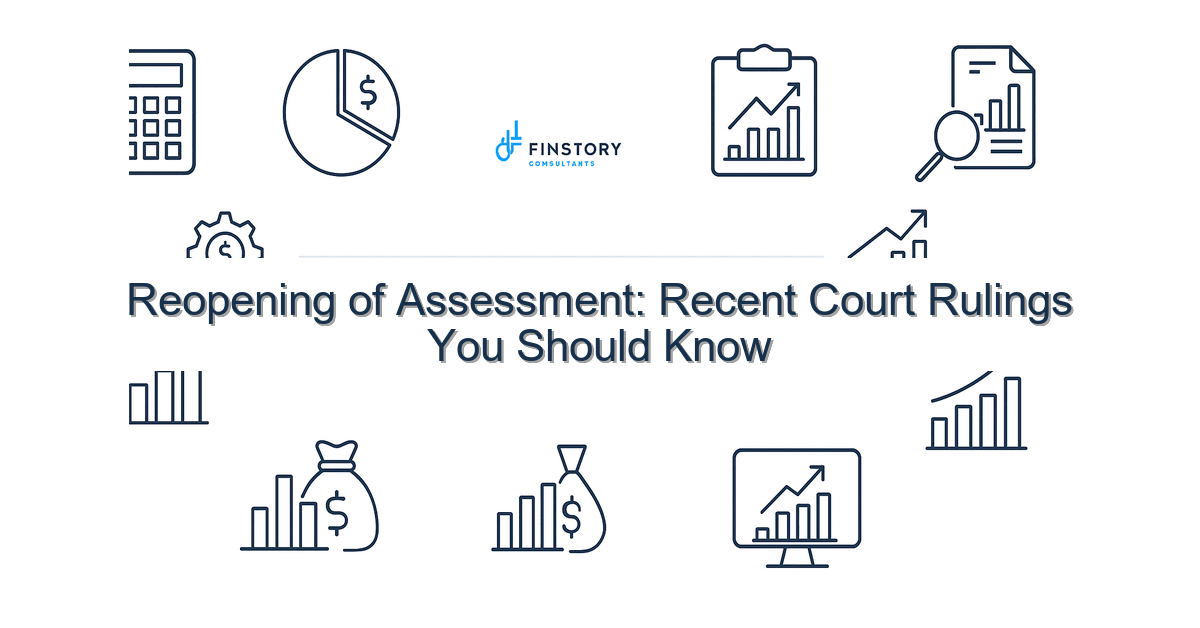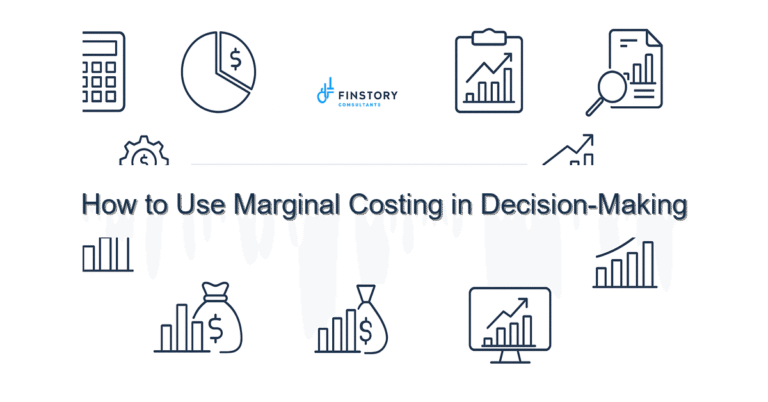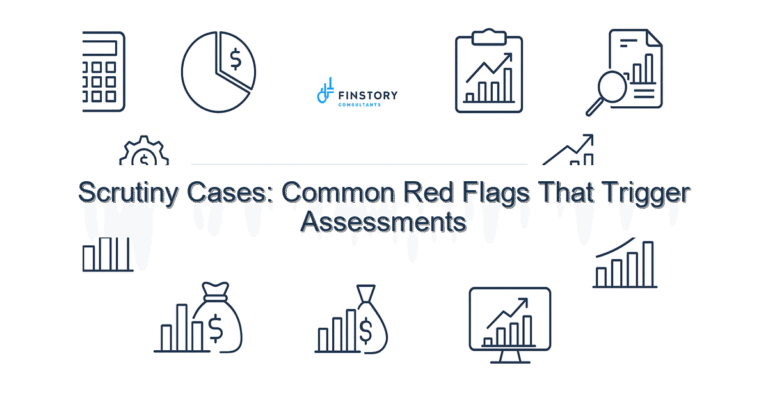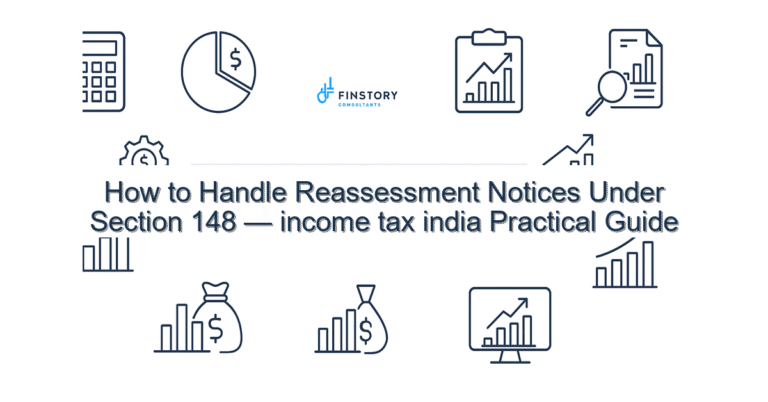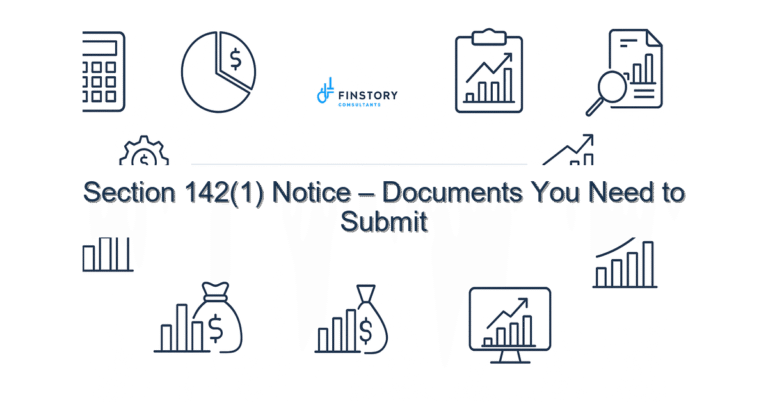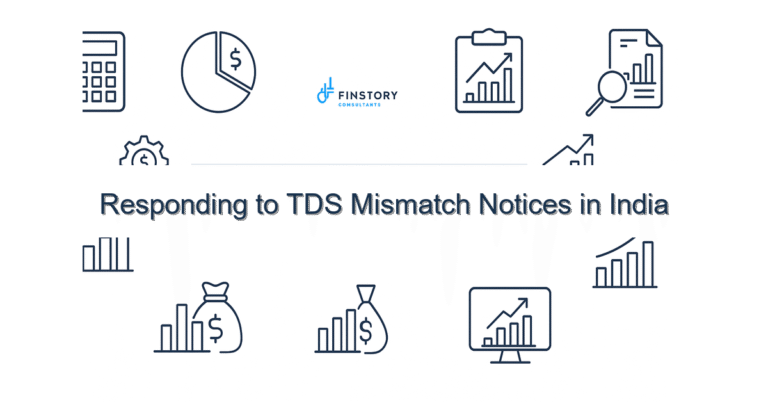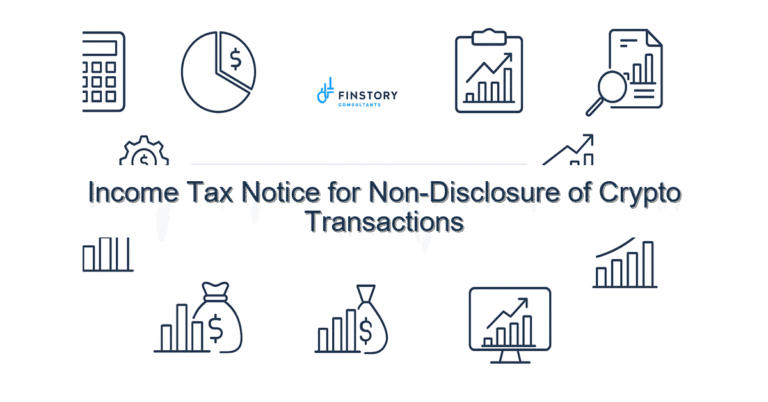Reopening of Assessment: Recent Court Rulings You Should Know
Getting a reopening notice from the income tax department can feel like a punch to the gut — especially when you’ve already filed your ITR, paid taxes and thought the matter was closed. You’re not alone: salaried employees, professionals, founders and MSMEs across India face the same anxiety when an assessment is reopened.
Summary: Recent High Court and Supreme Court rulings have tightened standards for reopening income tax assessments. Tax officers now need stronger reasons and adherence to procedure. For most taxpayers this means better chances to contest arbitrary notices, protect refunds and limit disruptions — but timely documentation and expert help remain essential.
What’s the real problem in India?
Reopening of assessments (under Sections like 147/148 of the Income-tax Act) is meant to catch undisclosed income. In practice, ambiguity around terms like Assessment Year (AY), Previous Year (PY), the scope of “reasons to believe,” and CBDT timelines has created uncertainty. Errors in TDS/TCS credit on AIS/26AS, late ITR filing, or mismatched disclosures often trigger notices. Recent judgments require tax officers to document fresh and tangible reasons before re-opening—yet implementation varies across jurisdictions.
- Symptom: You receive a sudden notice years after filing — often citing vague “information” without specifics.
- Symptom: Refunds are held up after reopening, even when your AIS/26AS and ITR match.
- Symptom: Assessments are reopened for minor mismatches in TDS/TCS entries or unreported capital gains where indexation rules apply.
- Symptom: Confusion over whether to use the new vs old regime slabs or claim Section 80C limit benefits in amended returns.
What people get wrong
Many taxpayers assume a reopening notice automatically means they’re guilty. That’s not true. Common mistakes include:
- Ignoring the notice deadline or missing mandatory responses — which narrows your options.
- Failing to verify AIS/26AS and Form 16/16A before responding — leading to missed opportunities to show TDS/TCS credit.
- Blindly filing revised returns without understanding the implications for the AY/PY cited in the notice.
- Assuming all reopenings are valid; courts now demand specific “reasons to believe,” not mere change of opinion by the tax officer.
A better approach
Instead of panic, use a structured approach to respond to reopening notices and potentially litigate based on recent rulings.
- Pause and collect: Don’t rush. Download your AIS/26AS, Form 26QB/26QC, bank statements, Form 16/16A and the relevant ITR and computation for the AY/PY in question.
- Check legality: Review whether the reopening notice cites fresh, tangible reasons and follows timelines specified by CBDT and case law. Courts now stress contemporaneous reasons — mere change of opinion won’t suffice.
- Match TDS/TCS and credits: Reconcile the department’s claims with your AIS/26AS and supporting invoices. Often a mismatch resolves the issue without litigation.
- Respond substantively: File a detailed reply with evidence. If the notice is defective, invoke procedural safeguards and case law to seek quashing.
- Escalate if needed: If the officer persists, consider filing a writ petition or appeal citing recent high court/Supreme Court precedents.
Real-world example: A Bengaluru chartered accountant received an income tax reopening notice from AY 2017–18 claiming unreported professional receipts. After reconciling AIS/26AS and sharing bank-by-bank receipts, the assessing officer accepted the documentation and the reopening was dropped — saving the client a potential tax plus interest of Rs. 4.2 lakh.
Quick implementation checklist
- Download AIS/26AS and save a PDF copy for the disputed AY.
- Gather Form 16/16A, bank statements, invoices and proof of investments (Section 80C limit documents) for the PY/AY.
- Compare declared income, capital gains indexation calculations, and TDS/TCS entries line-by-line.
- Note the date of the notice and statutory deadlines — don’t miss the reply window.
- Prepare a point-wise reply addressing each allegation with evidence (screenshot AIS/26AS rows if needed).
- Check if the reopening respects limitations (usually 3 years; 6/10 years in serious cases) and if proper reasons are recorded.
- Consider filing a protective revised return only after legal review — blind revisions can worsen matters.
- Keep digital records and an index of communications for possible appeal or litigation.
- If uncertain, seek professional help to draft replies or to file writs citing recent rulings.
What success looks like
- Reduced likelihood of an assessment being sustained in appeal (higher chance to quash defective reopenings).
- Faster release of refunds — often within weeks if AIS/26AS and documents align.
- Lower tax, interest and penalty exposure after successful documentation or quashing of notice.
- Fewer notices year-on-year due to improved record-keeping and reconciliations (TDS/TCS monitoring).
- Clearer tax positions on capital gains indexation and claim of deductions (Section 80C, new vs old regime slabs) during future assessments.
Risks & how to manage them
Risk: Officer issues notice without specific reasons.
Manage: Demand recorded reasons and rely on courts that require contemporaneous reasons to reopen.
Risk: Discovery of genuine omission leads to tax plus interest and penalties.
Manage: Prepare to settle with accurate computations, consider penalties under Section 271, or negotiate via settlement commission where applicable.
Risk: Procedural missteps (missed deadlines, improper replies).
Manage: Use the checklist above, maintain timelines and take professional advice immediately.
Tools & data
Use official tools and reliable trackers to build your defence:
- AIS/26AS — central source for TDS/TCS and refund credits.
- Income Tax e-filing portal — for downloading past ITRs, filing responses and tracking notices.
- TDS/TCS reconciliation tools (spreadsheet templates or software) to match credits and invoices.
- Bank statement export tools and accounting software for MSMEs to reconcile receipts and payments.
- Keep tax computation templates for capital gains indexation and to compare new vs old regime slabs when revising returns.
FAQs
Q: Can my assessment be reopened after the ITR filing last date?
A: Yes. Reopening depends on AY/PY and statute limits (generally 3 years; 6/10 years in specified cases). Courts recently emphasise that reopening must be based on fresh and recorded reasons, not just because the ITR filing last date passed.
Q: If AIS/26AS shows TDS, can the department still reopen?
A: They can, but you can use AIS/26AS and supporting Form 16/16A to show credit. Many reopenings fail where no cogent reason exists beyond a TDS mismatch.
Q: Should I file a revised return if I get a reopening notice?
A: Not automatically. A protective revised return may help but can also limit defenses. Get professional advice before filing any revision.
Q: What if the department claims unindexed capital gains?
A: Check your computation — capital gains indexation must be applied where applicable. Provide purchase/sale proofs and indexation calculations to rebut incorrect claims.
Next steps
If you’ve received a reopening notice, the next 7–14 days are critical. Download AIS/26AS, collect your evidence and get a professional review. At Finstory we specialise in timely replies, reconciliation of TDS/TCS, and litigation support citing recent precedents — from salaried taxpayers to MSMEs and founders facing complex assessments.
Work with Finstory. Speak with an Expert for a personalised plan to reduce your tax outgo and stay compliant. Book a free 20-min consultation.
📞 Need help with Income Tax in India?
Book a 20-min consultation with our tax team. Individuals, founders & MSMEs welcome.
Prefer email or phone? Write to info@finstory.net
or call +91 44-45811170.
